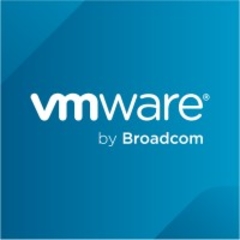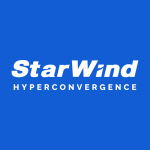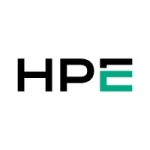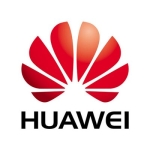We mainly use vSAN for two purposes. One is to improve application performance with the HCI. The second is to migrate customers from legacy storage to high-speed SSD-based infrastructure. They are moving the computer network and storage capacity together.
The vSAN features we've found most helpful are live application migrations and storage policies. It has storage, policies, application, and DRS policies. Automation is there.
Also, if a customer wants to go for a VMware stack, vSAN has flexible, completely integrated solutions for two clouds. Stretched Cluster, vMotion, VXLAN—there are so many features.
We are an IT solution provider, and we've been using VMware for 15 years.
I would say vSAN is stable.
Once you develop all three of your stacks, you can plug in the rack servers and all. If you are increasing in parallel, vSAN automatically increases the overall computing capacity of the IT infrastructure in terms of network storage and what you can compute.
Technical support is also good. I would rate VMware support eight out of 10 because nobody is perfect.
Setting up vSAN isn't too tricky. All HCI providers—Microsoft, Cisco, and VMware—have very smooth implementation except for Microsoft storage, which is complex.
Maintenance is required. Sometimes hard disks crash, but thanks to the mobility and abstraction of the software from the hardware, we can migrate the entire infrastructure layer to some spare PC's main server and perform maintenance. This is the standard patching practice in the industry.
The pricing model is sometimes a challenge for us because their licenses are very costly.
I rate VMware vSAN nine out of 10. I am a VMware fanatic. As a solution architect, I've designed solutions for many customers. Clients have personal preferences, and they're generally swayed by what the vendors tell them, but my perspective is purely technical. If you are going for features, scalability, and performance, VMware is the best solution.
It's not dependent on any vendor. The VMware layer is there, and VMware is required, but it saves a lot of costs and provides flexibility. Let's say I bought around 10 or 15 servers, and I'm not satisfied with the performance. I can change my server and migrate all my workloads to the new servers in the future.
VMware has an edge in terms of computing and networking because if we are going for a VMware infrastructure solution, there's a storage layer, so it can work with any kind of server or vendor. Suppose I buy some of my servers from Dell, some from HP, and a few from various companies. VMware gives you the flexibility to work with any vendor, networking, switches, and storage. They can come together in a complete software layer. I can have five servers from five different vendors. If I don't like one, I can plug in a server from any vendor in the stack, and it'll work.















